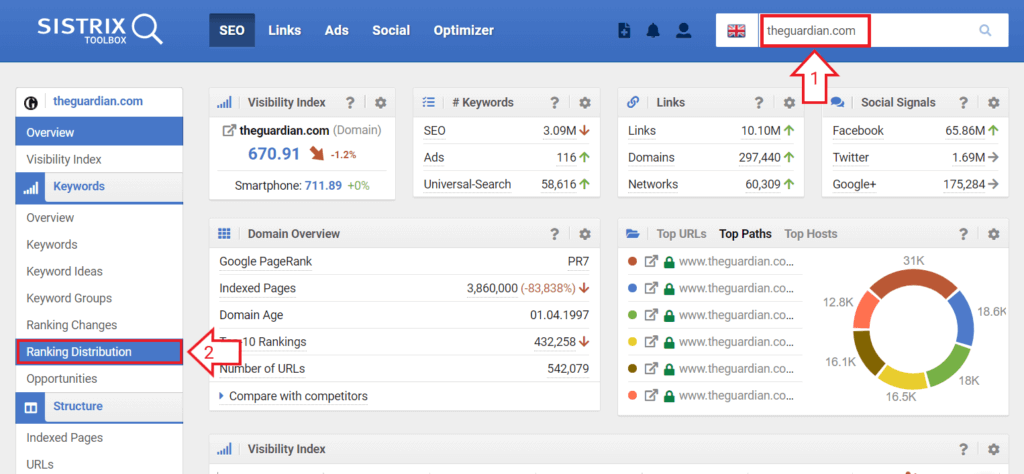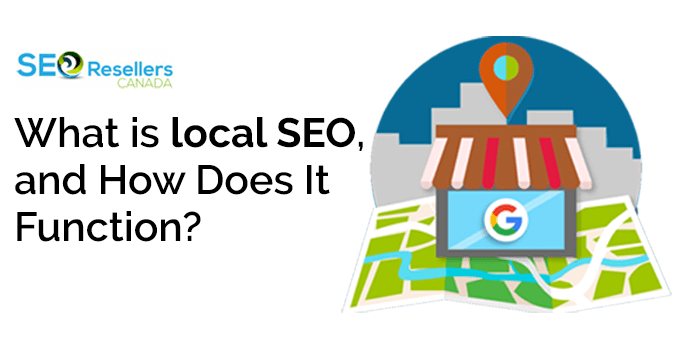Savvy marketers know that it is not easy changing the core ranking algorithm updates. Even Google experts have corroborated this fact. The reason behind this is not difficult to comprehend – there are many signals that one needs to update in order to achieve a core ranking update.
In such a scenario, how does one treat the recent core update that took five days to roll out (from June 3rd to June 8th). One may feel that there isn’t much one can do since Google doesn’t explicitly spell out these updates and it is up to the digital marketers to figure it out with rounds and rounds of A/B testing. But take an in-depth look at the various talks and videos with Google experts and we see some pattern forming that characterizes the key updates that were rolled out by the search engine giant.
1- What did the updates cover?

While experts like John Mueller from Google broadly pointed out these three factors, we suspect it might be limited to just these three –
(1) If the site looks obsolete
(2) If it is a problem identifying the authors of the site
(3) If the author’s photo is a stock image instead of a genuine photograph
Looking at early data from data providers like Sistrix and Moz, it seems that the update has affected a lot of different industry verticals. It certainly isn’t ‘small’ as reported earlier by Google.
Let’s take a look at who was affected and who benefitted from the June 2019 core updat
2- What was the impact?
The insights have been gathered from data and SEO toolset providers like Moz, RankRanger, and Sistrix. Here is a list of who were impacted
Sistrix reported these three industries (UK)
1 – Your Money or Your Life sites (YMYL)
2 – Classical news sites like Daily Mail
3 – Retail websites
Rank Ranger reported these three industries (US)
4 – Health & Medical
5 – Finance
6 – Gambling
The SEO community termed these as top gainers
1 – Roadside assistance
2 – Online news
3 – Travel
One determinant factor was ‘trust’. If the users of the sites experienced lower trust then it will be termed as an outdated site. As a website owner, you may know your site intimately well. However, your users may not be as well-versed with the site. They may very well compare your site with the competitors, and if they find the trust lacking, they will close your website. Similar is the case with using stock photos or fake photos for the author. This elicits a low level of trust which is sure to impact the site’s ranking in the coming future.
3- To conclude
It is important to note that these updates are one part of the initial pattern we uncovered. As we keep moving ahead, we will see better visibility of the impact this has had on different websites. Stay tuned as we keep you posted on this in the coming days.









